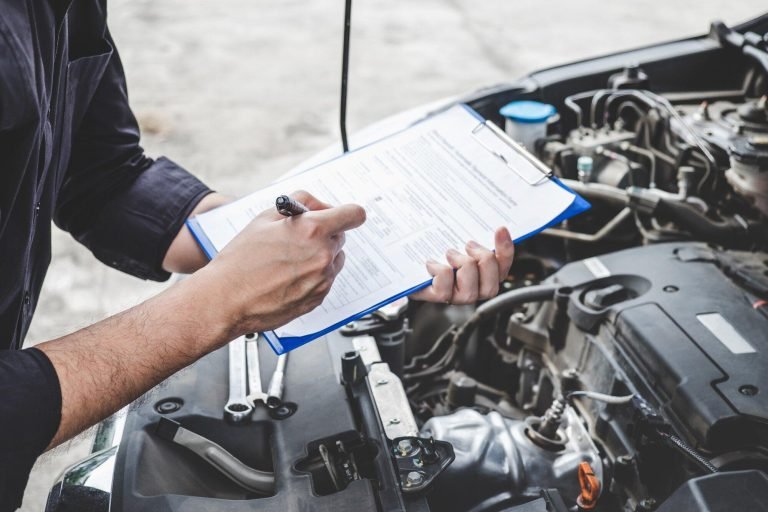As the odometer ticks away the miles, certain crucial components of your vehicle demand attention at specific milestones.
But what should you be looking at when?
We can help. Read on to learn about car maintenance by mileage.
Every 3,000 to 7,500 Miles
In the early stages, within the 3,000 to 7,500-mile range, focus on essentials like engine oil and filter changes. Regular tire rotations and pressure checks are also critical during this period, along with brake inspections and fluid level assessments.
Check and top off fluid levels, including coolant, transmission fluid, power steering fluid, and windshield washer fluid.
You might also want to look into vehicle-specific needs at this point, such as Honda maintenance.
Inspect all exterior and interior lights. Replace any bulbs that are not working. Check your vehicle’s wiper blades. Bring your car in for vehicle repairs if they are worn or not functioning properly.
The 15,000 Mile Mark
There’s a little more you need to do around 15,000 miles to keep your car’s value up.
Brake components merit careful inspection, including brake pads, rotors, and brake fluid. If necessary, replace worn brake pads to maintain effective braking performance. Another critical element is the air filter; replacing it helps uphold fuel efficiency and protects the engine from contaminants.
The suspension and steering system should be scrutinized for wear, ensuring optimal handling and ride comfort.
Regularly checking the battery for corrosion, secure mounting, and overall condition helps prevent unexpected breakdowns. Spark plug replacement is advised around the 15,000-mile mark, though some vehicles may have longer intervals.
30,000 Miles
Once you get to 30,000 miles, inspect the radiator, hoses, and coolant levels. Replace the coolant if needed to stop overheating and protect your car’s engine from corrosion.
Check drive belts for wear and tension. If your vehicle has a timing belt, read through your owner’s manual to find out the recommended replacement interval.
Inspect your engine mounts for signs of wear or damage. Worn engine mounts can lead to vibrations and affect vehicle performance.
Take a look at your CV joints and boots for wear or damage. Address any issues to prevent drive train problems.
Test out the battery and charging system for proper voltage and functionality. Replace your vehicle’s battery if it shows signs of weakness.
Every 100,000 Miles
To truly ensure car longevity, don’t miss out on 100,000-mile inspections. There’s a lot more you’ll need to do at this point to ensure your car is still road-safe.
Consider a comprehensive cooling system service, including replacing the water pump, thermostat, and radiator hoses. This helps stop your car from overheating and ensures efficient engine cooling.
Oxygen sensors play a crucial role in maintaining fuel efficiency. Think about replacing them if they are nearing the end of their lifespan.
Check the steering gear for any signs of wear or play. Replace components as needed for precise steering.
Car Maintenance by Mileage: Prepare Yourself Today
Now that you know about car maintenance by mileage, you should be able to keep your vehicle in top shape.
Do you need more tips about cars and driving? Don’t miss out. Read some of our other helpful posts.


2 Comments
Pingback: Maximizing Savings: How to Find the Best Mazda Oil Change Coupons
Pingback: How Much Does it Really Cost to Replace 2016 Honda Accord Engine Parts?